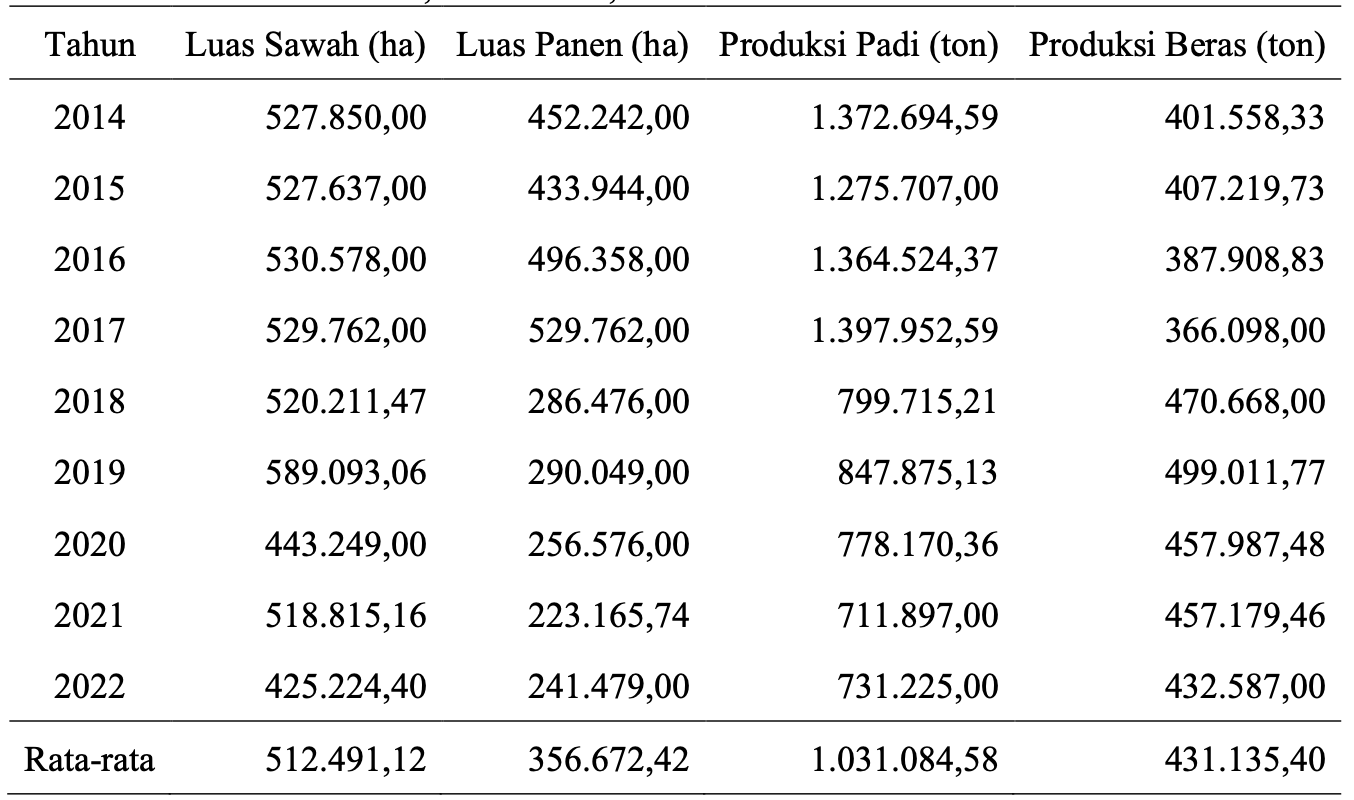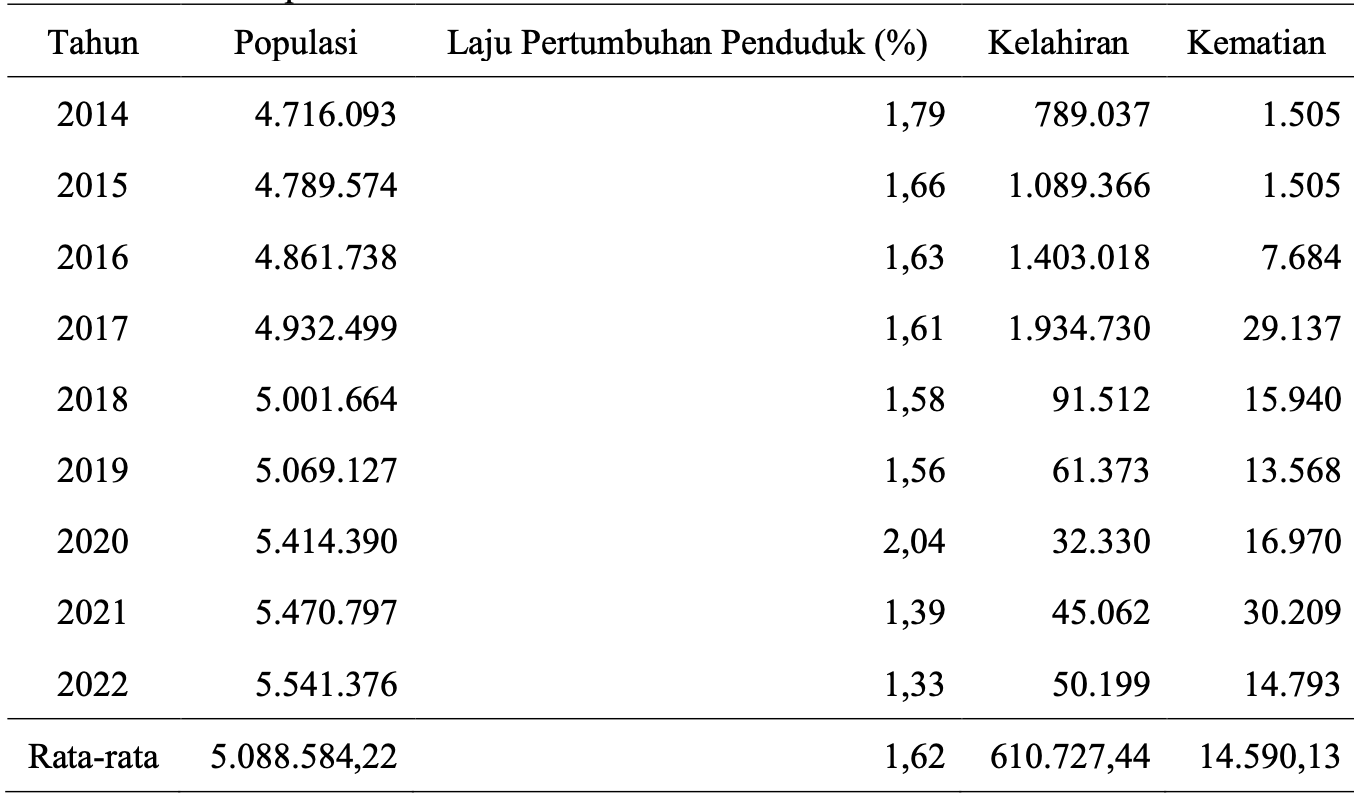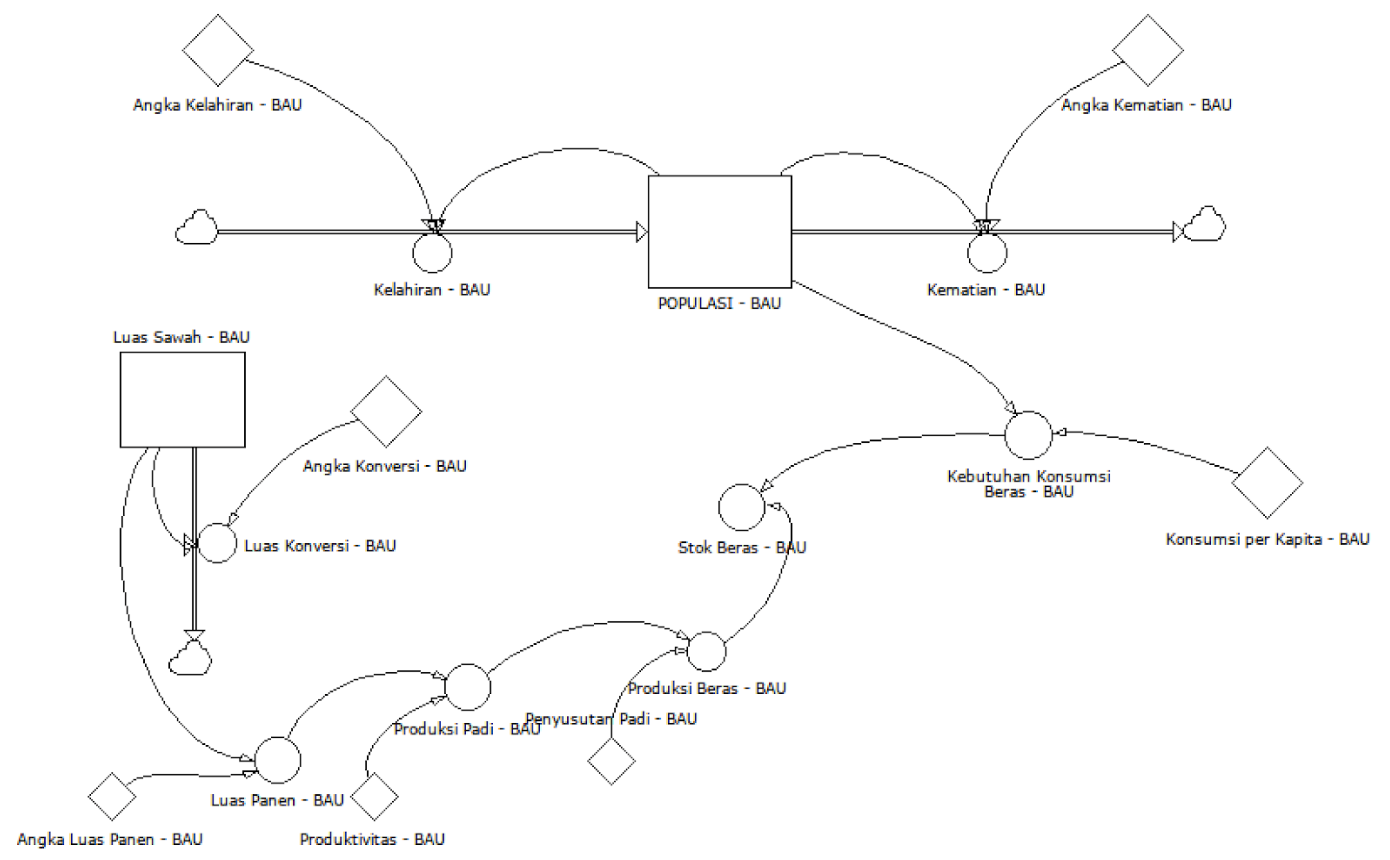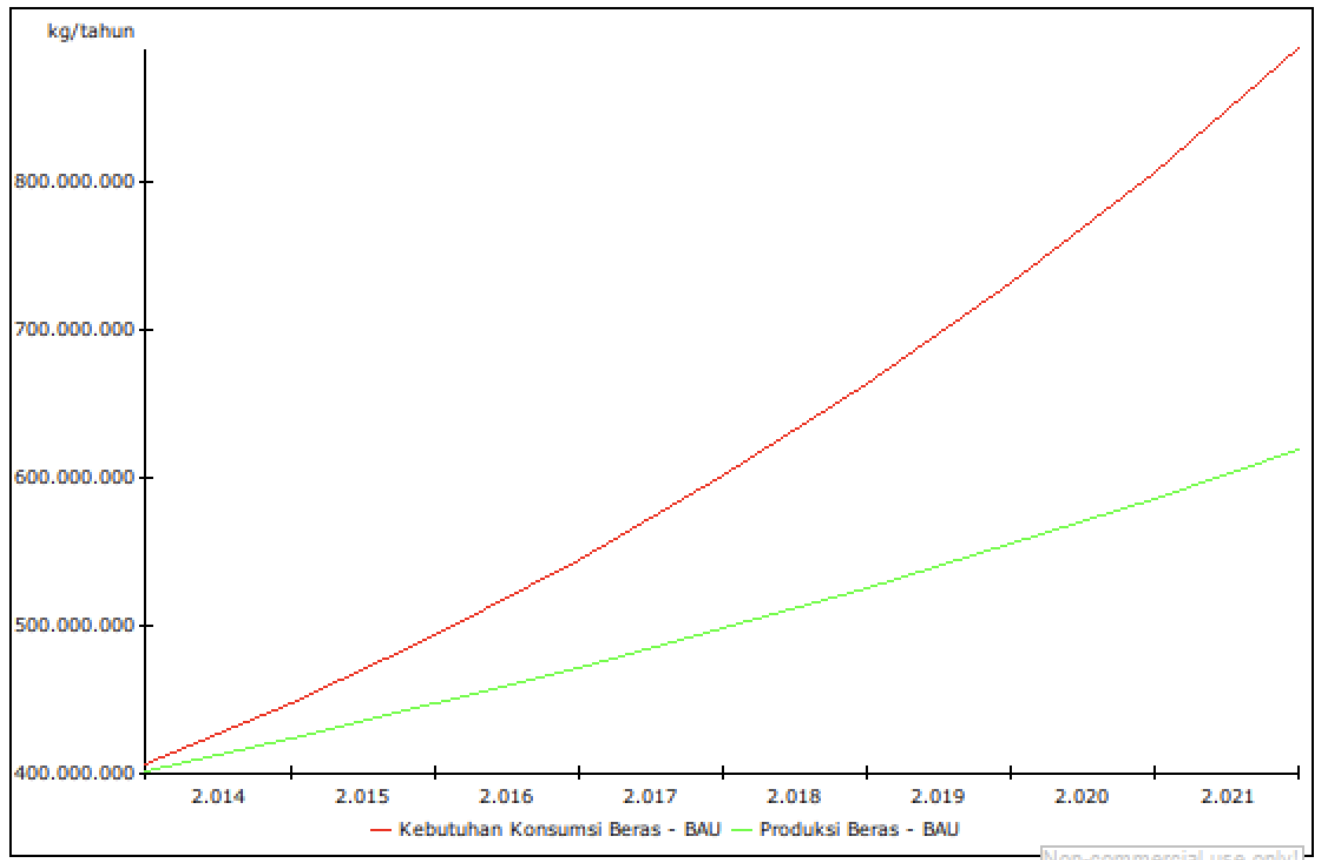
West Kalimantan Food Security | Food security is not merely about how much rice can be produced, but about maintaining the balance between humans and nature. Uncontrolled population growth creates tremendous pressure on land and water resources. Conversely, development policies that neglect agriculture accelerate the loss of a region’s ability to meet the basic needs of its population.
Every grain of rice on the dining tables of West Kalimantan residents represents a long journey — from shrinking paddy fields and a growing population to complex policy challenges. Over the past decade, the province has faced a serious dilemma: the demand for rice continues to rise, while production capacity has steadily declined.
West Kalimantan covers an area of approximately 14.73 million hectares, but only a small portion is used as paddy fields — and even that area is shrinking. In 2014, paddy fields covered around 527,000 hectares, producing 1.37 million tons of rice. Eight years later, in 2022, the area had decreased to 390,000 hectares, with production falling drastically to 731,000 tons of paddy, yielding about 432,000 tons of rice. This figure is far from sufficient to meet the consumption needs of a population that, in the same year, had reached 5.54 million people.

Population Growth, Disappearing Rice Fields

Population growth is the main factor driving the increasing demand for rice. Each year, West Kalimantan’s population grows by about 1.6%, with high birth rates and relatively low mortality rates. As a result, per capita rice consumption rises while the area of farmland decreases by an average of 6% per year.
Land-use conversion is one of the key causes. Productive rice fields have been turned into housing areas, industrial zones, or other development projects in the name of progress. Yet behind this transformation, every lost hectare of farmland means a reduced capacity for the region to feed its own people.
Dynamic Systems: Understanding the Complexity

Modeling results show that from 2014 to 2022, the demand curve for rice consistently exceeds the production curve. This means West Kalimantan is in a state of rice deficit — local production cannot meet consumption needs. Without intervention, the imbalance between demand and production will widen, threatening the region’s long-term food security.

The accuracy of the dynamic model was tested using Absolute Mean Error (AME) validation, yielding an acceptable error range of 14–25%. This indicates the model is reliable enough to represent real-world conditions.
Policy Scenarios for West Kalimantan Food Security
From the simulation results, several policy scenarios are proposed. One is controlling population growth through family planning programs. If birth rates could be reduced to below 8% per year, the province’s population in 2022 would have been around 6.28 million—far lower than the projected 16 million without intervention.
Another step is improving agricultural productivity. By increasing rice yields from 3 tons to 6–6.5 tons per hectare, West Kalimantan could potentially shift from a deficit to a rice surplus.
Protecting Farmland, Building Self-Reliance
However, higher productivity alone is not a complete solution. If agricultural land continues to shrink, increased yields per hectare will not be enough to offset total production losses. Therefore, farmland protection policies are essential. The government must ensure that paddy fields are not easily converted to other uses, while also expanding potential new cultivation areas.
Food diversification is another key strategy to reduce dependence on rice. Local food sources such as sago, corn, and cassava should be developed as alternative carbohydrate sources.
Ultimately, food security is not just about how much rice can be produced, but about maintaining harmony between people and the environment. Uncontrolled population growth will place enormous strain on land and water resources, while development policies that ignore agriculture will further erode the region’s ability to sustain its population.
Author: Mohammad R., Gemawan.
Source: Model Sistem Dinamik Ketersediaan Beras di Kalimantan Barat untuk Mendukung Ketahanan Pangan, Prosiding Seminar Nasional Sains dan Teknologi “SAINTEK” Seri II.
